There is no wonder if have ever wished your television to play all your favourite stuff. Unfortunately, cable or satellite TV subscribers have increased the price of their subscription and that paid way for people to look for the better alternatives. While there are lots of streaming media players available for the smart TV, the article deals with Google Chromecast. Entertainment fans not only rely on the television or media player to stream their favourite contents. They even choose tablets as they let you watch anything in a slightly bigger screen. Amazon’s Kindle Fire is one of its kind that supports a multitude of functionalities. Despite the support for streaming, Chromecast and Kindle Fire are two different devices. For more relevant information, head down the section below to know about Chromecast vs Kindle Fire.
Chromecast vs Kindle Fire
Below are the features and benefits of Google Chromecast and Amazon Kindle Fire.
Chromecast & its Features
Chromecast by Google is the best HD streaming video players for a long time. It has arrived in the third generation and it looks more like a circular-shaped dongle. Some of its older models may resemble the USB drive. Chromecast is an external device that needs to be plugged into the HDMI port on the back of any TV.
It works with the internet connection when plugged onto the power outlet. Chromecast isn’t standalone. i.e. it comes without an interface. So, it works by receiving the video or media files from an external device like a phone or PC.
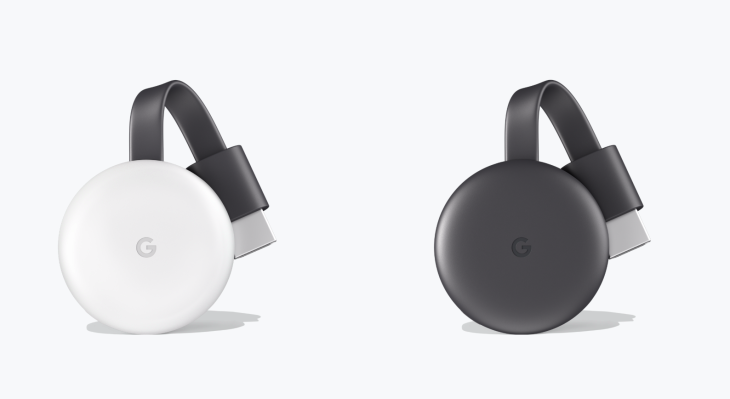
However, you need to set up your receiver device with Chromecast to enable screen casting. Once done, all you need to do is to press the cast icon to transfer anything on your phone or PC to the Chromecast connected TV. More than 20000 apps are currently Chromecast supported and you will never miss streaming anything on the big screen.
You will experience the best of video quality up to full HD and 4K. It is worth the money you spend irrespective of the model you are about to choose from. The lowest model is priced at $35 while the higher end Chromecast Ultra costs $69.
Related: Chromecast vs Firestick
Kindle Fire & its Features
Kindle Fire is a tablet from Amazon that has seen a gradual increase in popularity. Amazon has updated its tablets and the latest version being the ninth generation Fire 7 tablets. It is helpful for those who neither want to stream videos on a tiny screen (phone) nor on the big screen (PC). For this reason, Kindle tablets are often referred to as a tablet computer.
Fire tablets are not only inexpensive but they are portable and you can even carry it anywhere. Fire tablet runs on a custom version of Android OS called Fire OS.

Further, it comes pre-installed with Amazon App Store, cloud-accelerated browser called Silk browser, free storage in Amazon’s Cloud storage, and 5 GB of music storage. The later models have internal storage of 32 GB while it can further be extended up to 512 GB over microSDXC. Only the newest models of Kindle Fire tablet features 2 MP of front and rear camera support.
Just like the Google Play Store, you will even get access to millions of streaming services right from the Amazon App Store. It includes Amazon Prime, Netflix, YouTube, Hulu, and lots more. The most notable thing about the Kindle Fire tablet is it comes with parental controls.
Its battery life can last up to 7 hours irrespective of browsing, reading, listening music or streaming videos. Kindle Fire tablets costs $69.99 for 32 GB variants while 16 GB variants costs $49.99.
Related: Google Home & Chromecast vs Echo Dot & Firestick
To Conclude
It is clear that Chromecast and Kindle Fire aren’t the same. Both server different purposes while the shared features include streaming videos or listening to music. Those who love streaming contents on the smart TV can better opt for Chromecast. Kindle Fire does things just than streaming. It is the better option if you are concerned about portability.

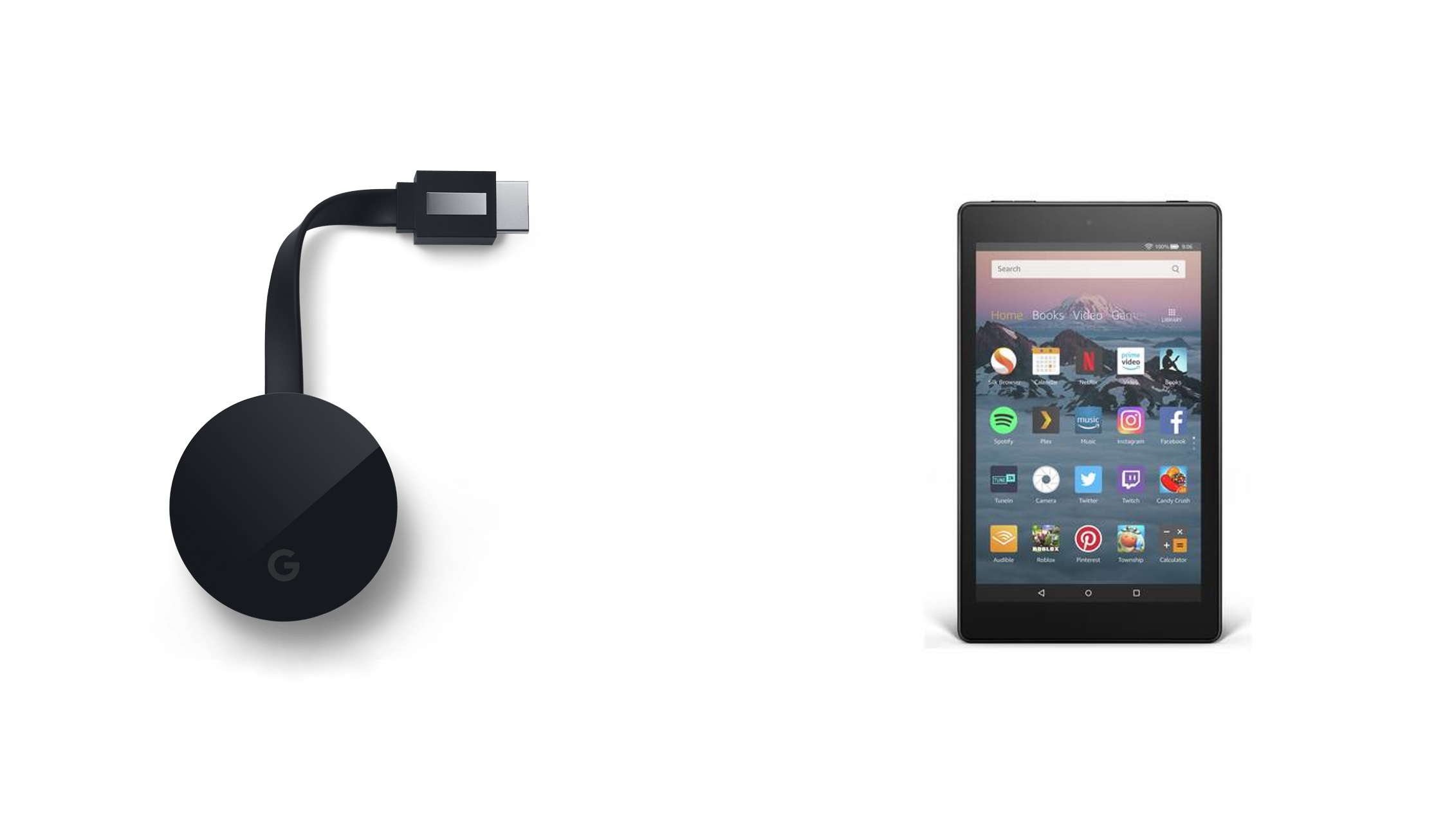
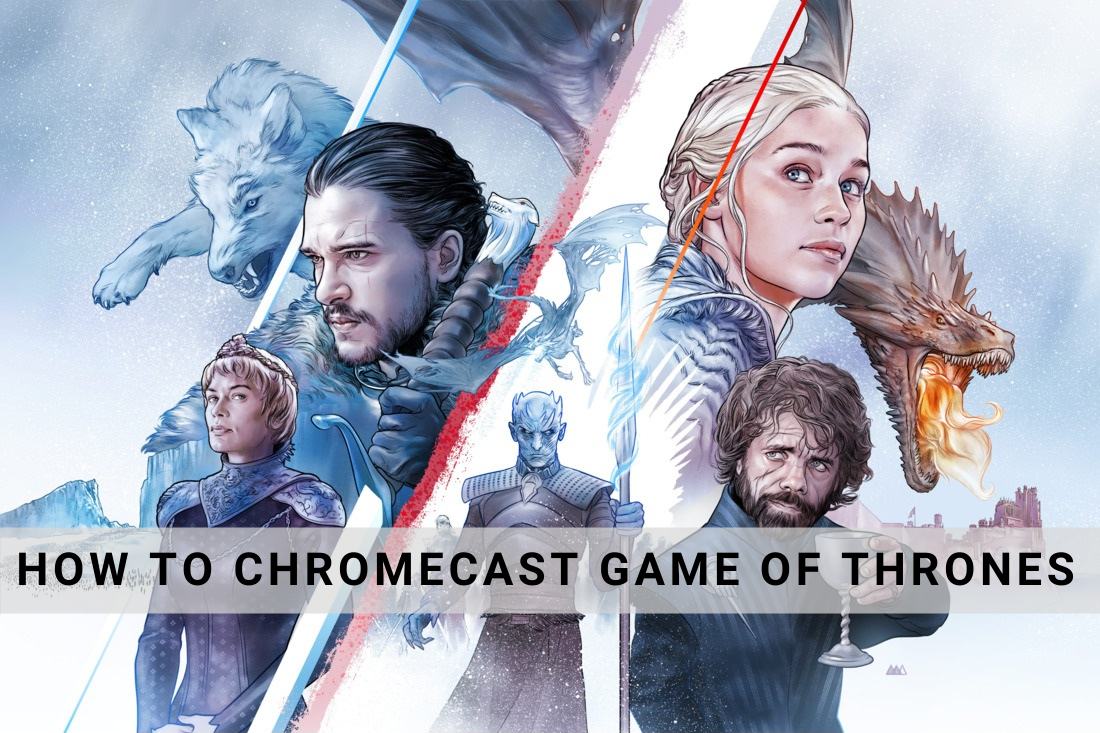
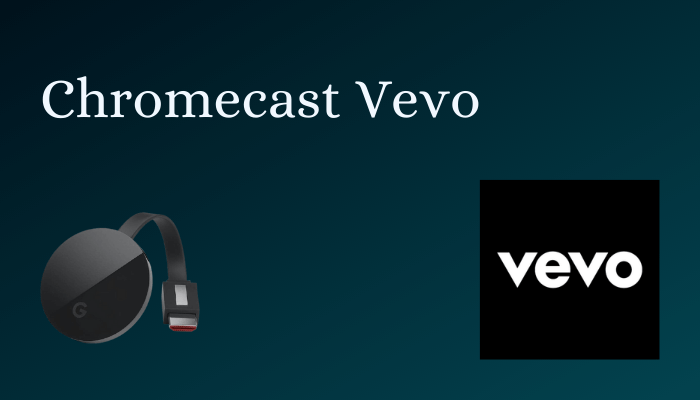


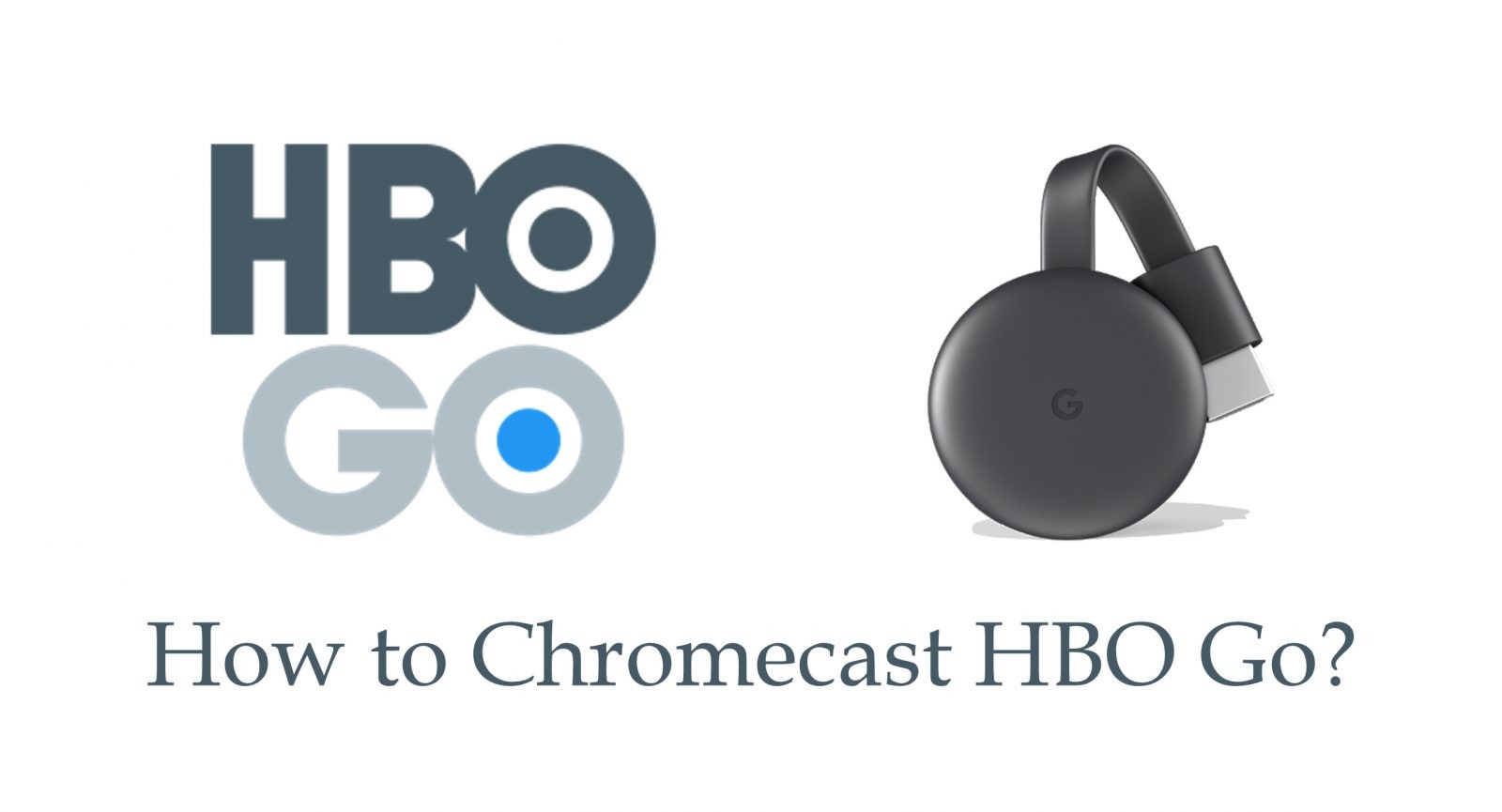
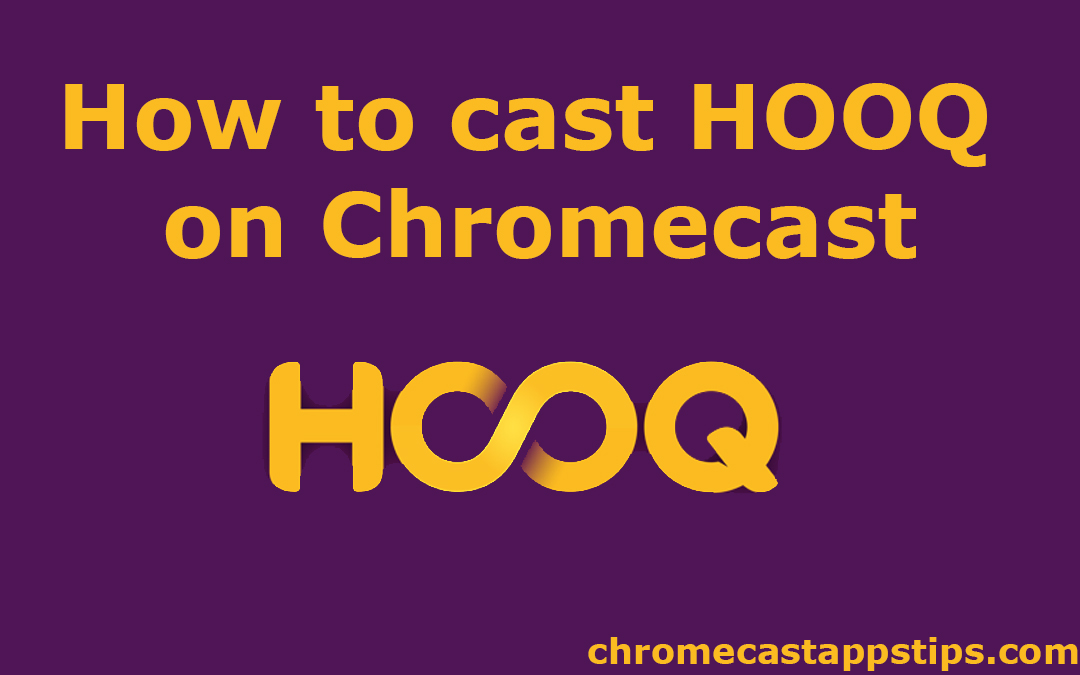

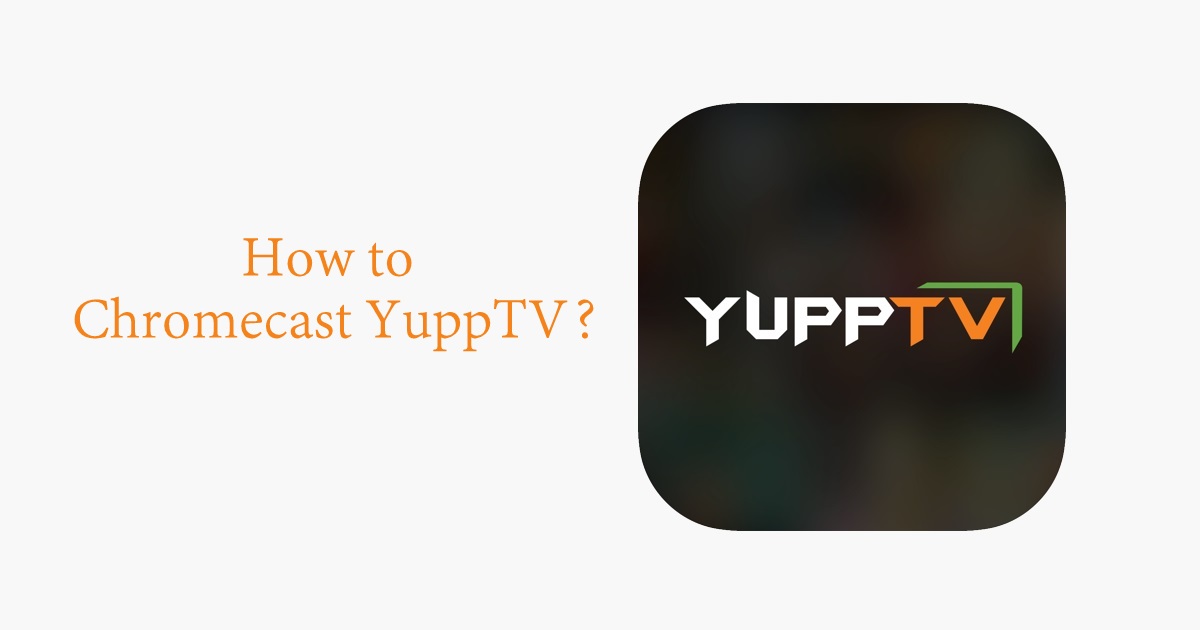

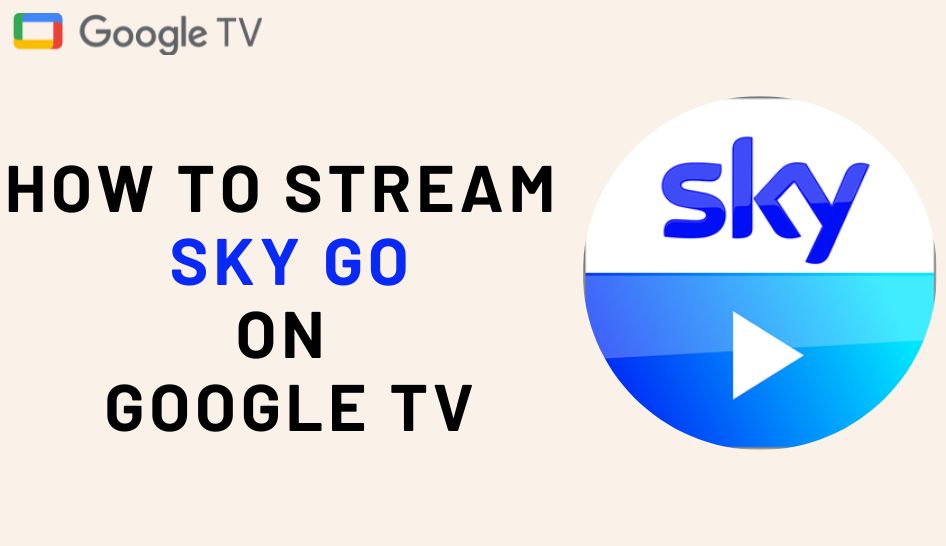
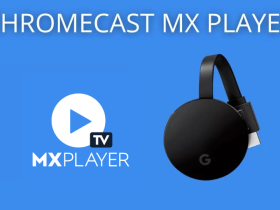
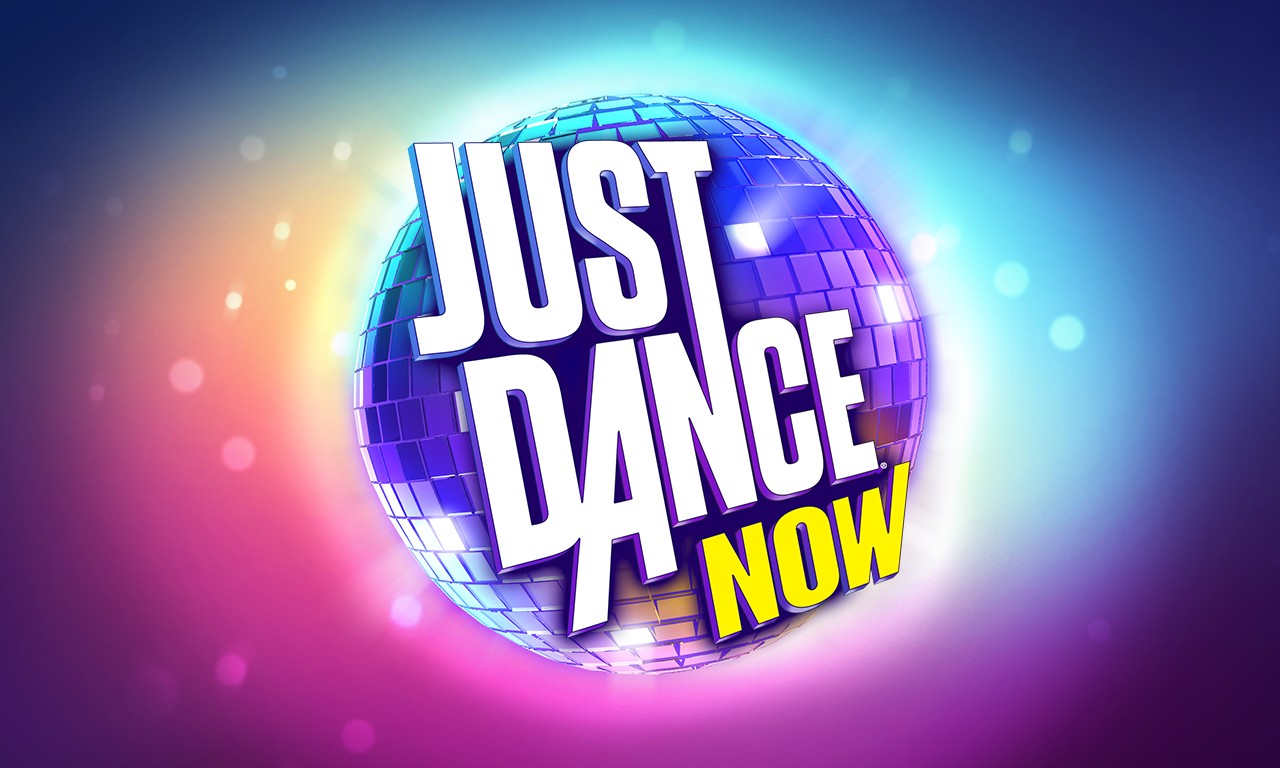
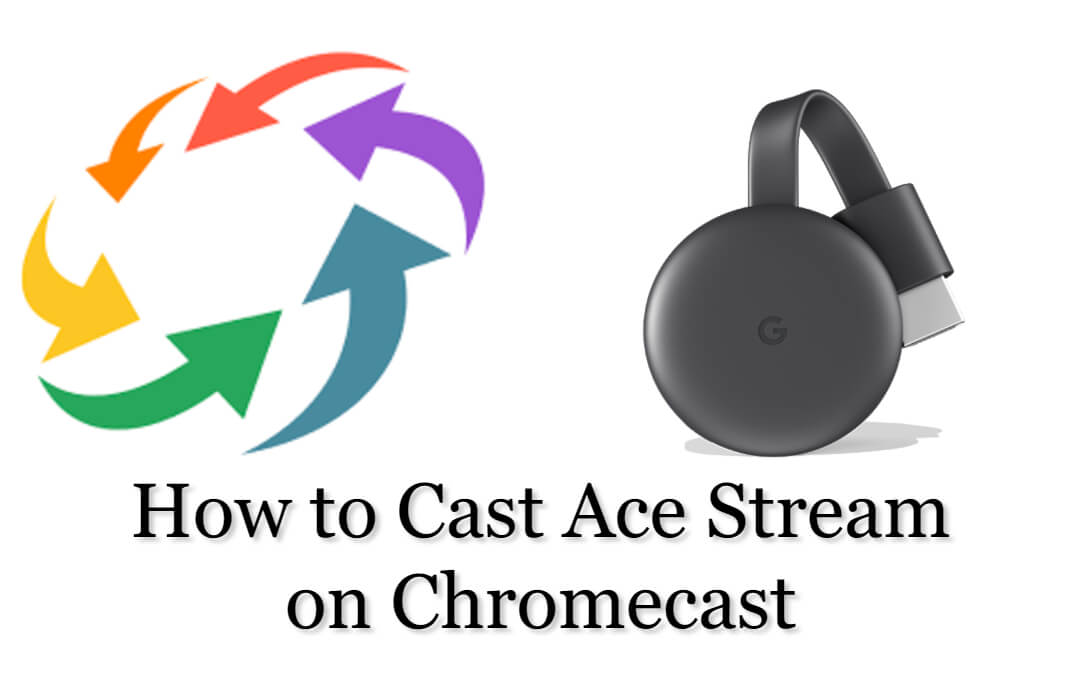
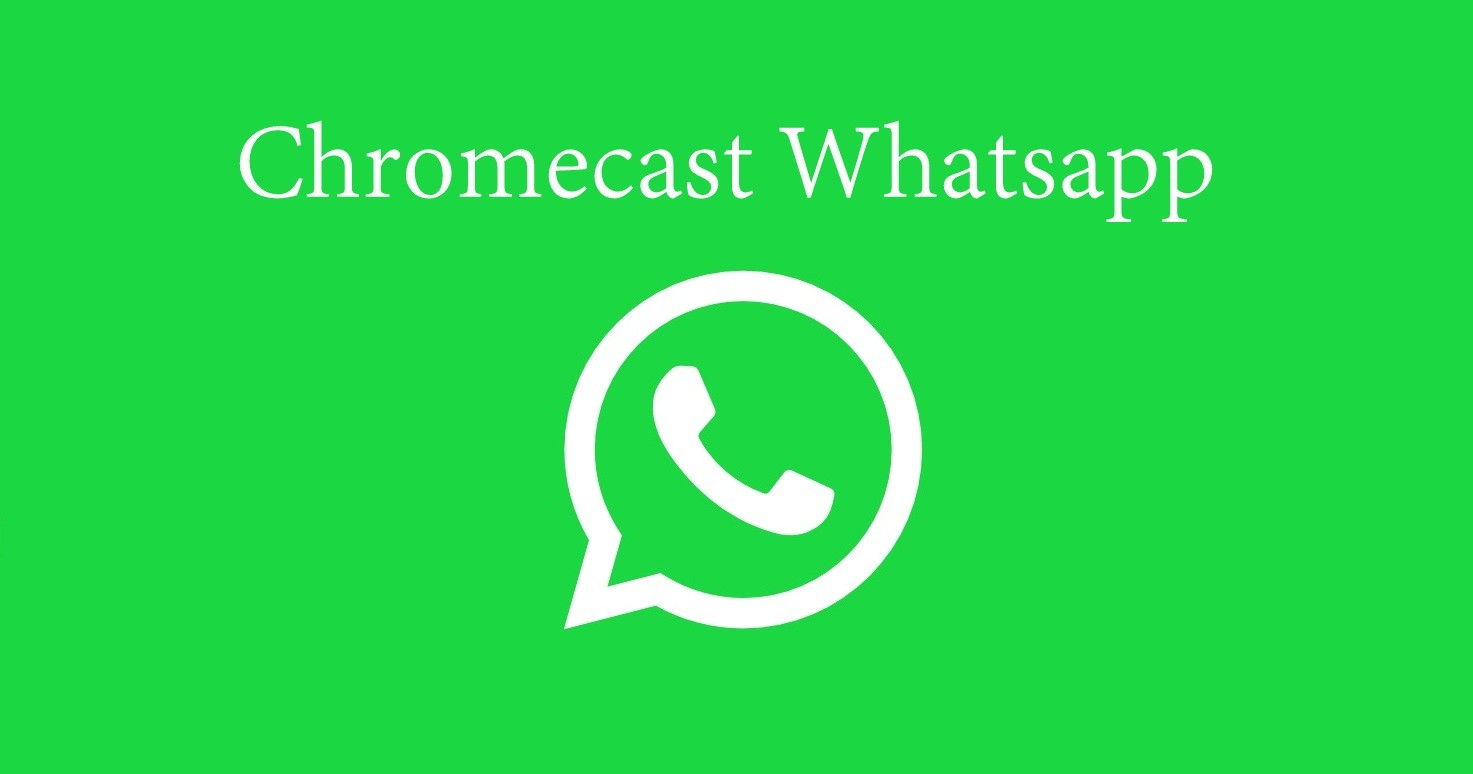

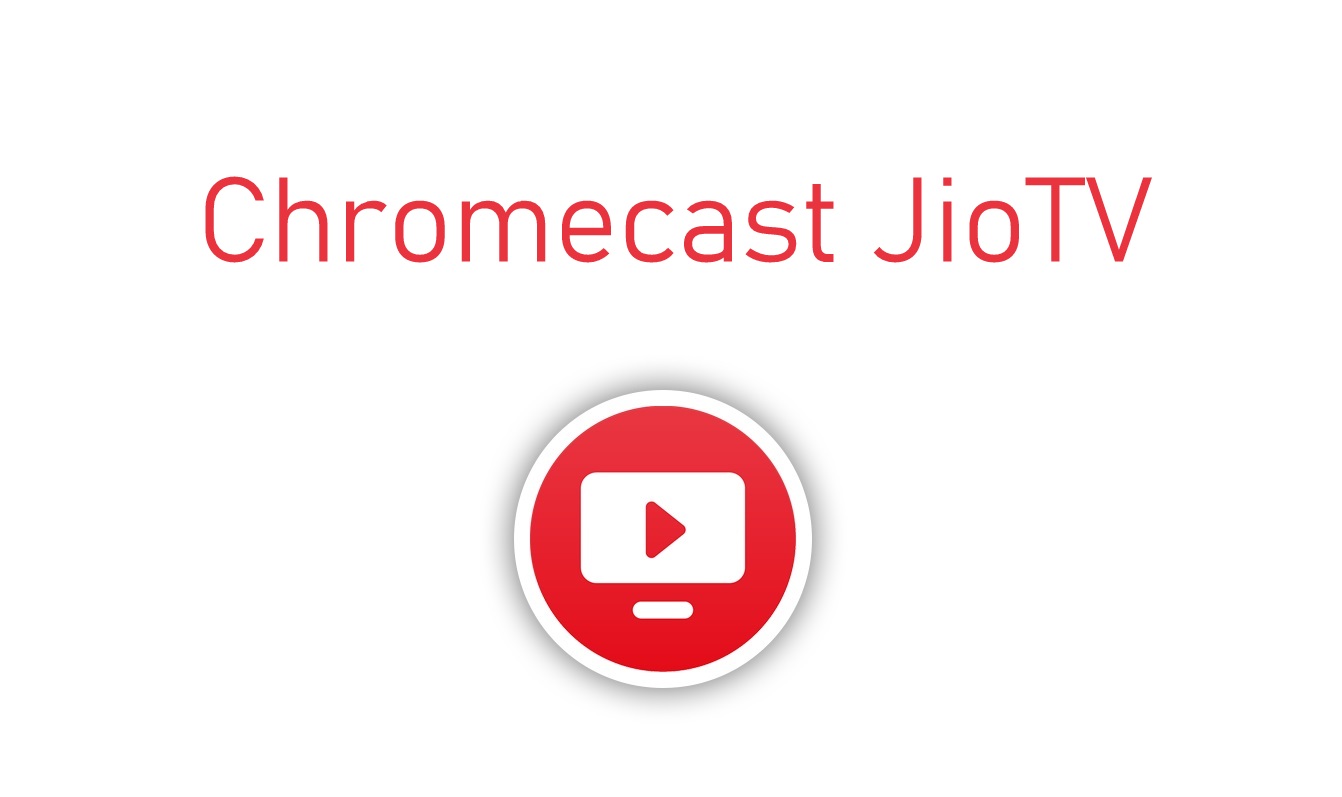
Leave a Reply